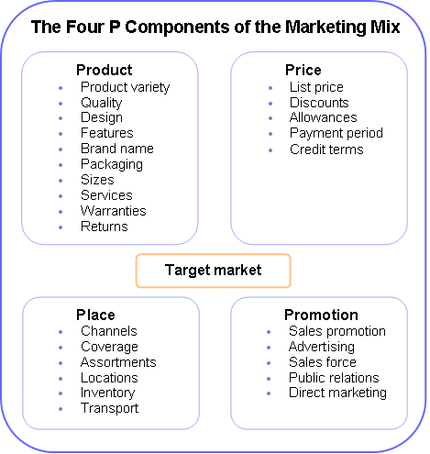An international MBA program is ideal for students who speak a foreign language or have a strong interest in foreign cultures or businesses. Travel is also one of the prime elements of a master degree in international business, so candidates should be passionate about the possibility of working in other parts of the world.
Content of an International MBA Program
A master degree in international business combines both practical and theoretical knowledge to prepare students for the inherent challenges of doing business across national borders. The curriculum for an international MBA program generally includes the following topics:
Supply Chain Management
International Politics
Accounting and Finance
Problem Solving
International Organizational Behavior
Foreign Business Culture
International Law
International Human Resources
International MBA graduates will have the opportunity to exchange ideas and observe innovations from different cultures, adding depth to their understanding of business practices and helping them develop new ways to solve problems.
Employment Prospects for International MBA Graduates:
Because of the high demand for talented business professionals in the global market and the greater levels of challenge and risk that international MBA graduates face, salaries for these individuals are very competitive and often outstrip the salaries of other MBA graduates. Professionals with a master degree in international business also have a marked advantage in obtaining well-paid positions with international firms.
When a company opens a new office in another country or brokers a foreign business deal, they look for employees with the skills to take on the unique challenges of international business. Here are some of the common challenges international MBA professionals might encounter:
- Living in a very different culture with divergent traditions, values, and attitudes
- Adjusting to time spent far from home, family and friends
- Working and traveling over long distances on a changing schedule
- Accommodating prospective business partners during negotiations or operations
- Clearly communicating company priorities while cooperating to achieve
- Solving unique problems within an eclectic business framework
























